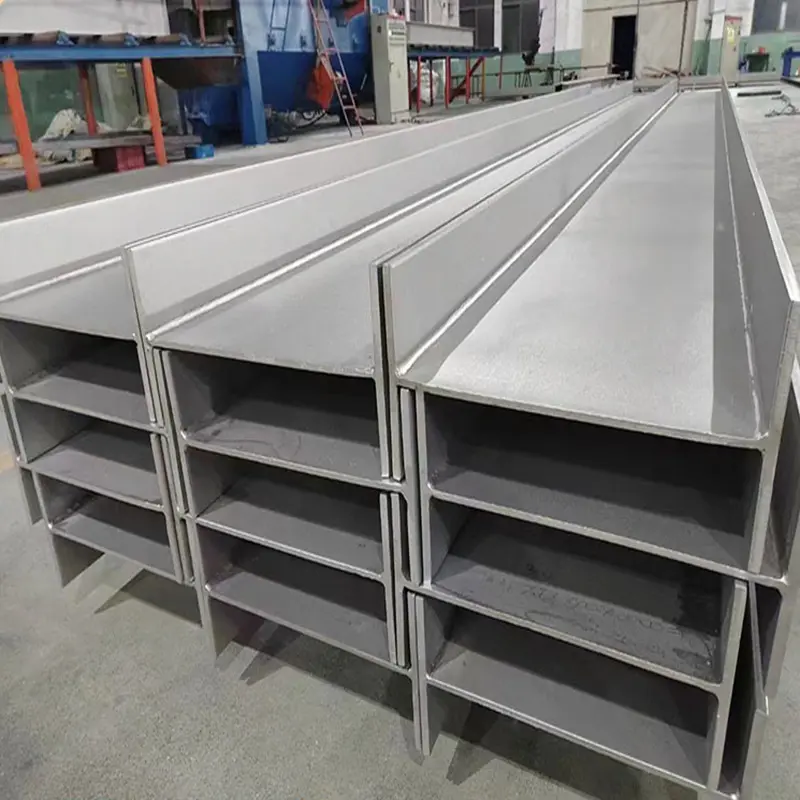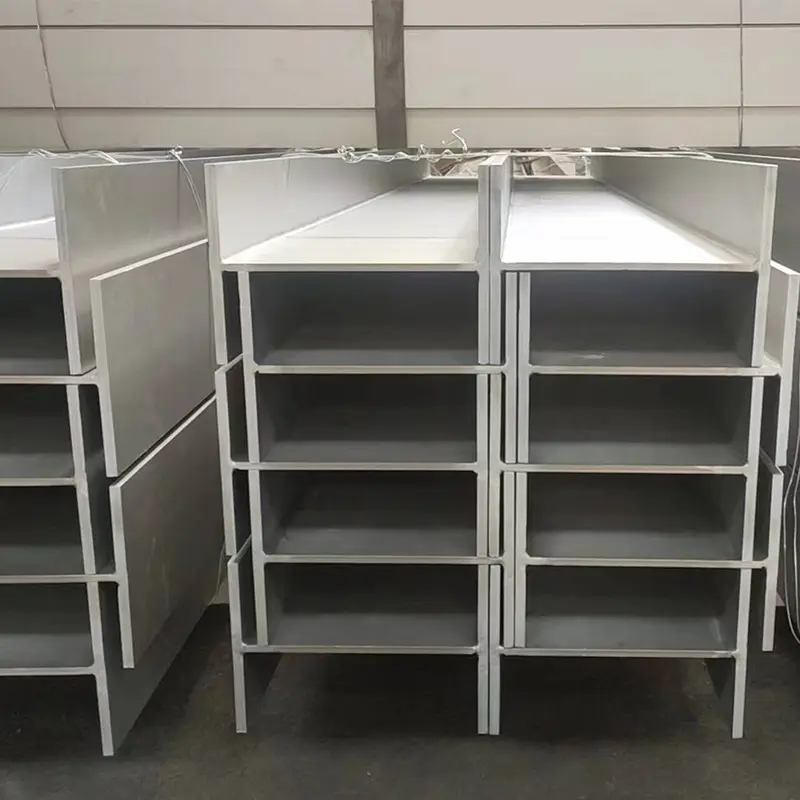H-Beam Steel: A Structural Powerhouse for Modern Construction and Engineering
H-beam steel, a highly efficient and widely used structural material, plays a crucial role in modern construction, industrial frameworks, and infrastructure projects. Known for its superior load-bearing capacity, stability, and cost-effectiveness, H-beams are available in various models, materials, and specifications to meet diverse engineering demands.


Key Models & Specifications of H-Beam Steel
H-beams are categorized based on their flange width, web thickness, and height-to-width ratio, with common models including:
-
Wide Flange H-Beam (HW): Nearly equal flange and web thickness (e.g., HW100×100, HW200×200).
-
Medium Flange H-Beam (HM): Moderate flange width (e.g., HM150×100, HM300×200).
-
Narrow Flange H-Beam (HN): Slender design for lightweight structures (e.g., HN100×50, HN400×200).
-
Pile H-Beam (HP): Square-shaped flanges for deep foundation piles (e.g., HP250×250, HP400×400).
Standard lengths range from 6m to 18m, with customizable sizes for specialized projects.
Common Materials & Grades
H-beams are manufactured from different Steel Grades to suit structural requirements:
-
Carbon Structural Steel (Q235B, Q355B) – Widely used in buildings and bridges for its weldability and strength.
-
Low-Alloy High-Strength Steel (Q390, Q460) – Ideal for heavy-load structures like high-rises and industrial plants.
-
Weather-Resistant Steel (Q355NH, Q460NH) – Contains anti-corrosion elements (e.g., copper, phosphorus) for outdoor use.
-
Stainless Steel H-Beams (304, 316) – Used in corrosive environments (chemical plants, coastal structures).
Applications of H-Beam Steel
Thanks to its high strength-to-weight ratio and versatility, H-beams are essential in:
-
-
Construction: High-rise buildings, factory frames, and roof trusses.
-
Infrastructure: Bridges, railway tracks, and transmission towers.
-
Industrial: Offshore platforms, crane beams, and heavy machinery supports.
-
Energy: Wind turbine towers, power plant structures.
-
Market Trends & Future Outlook
With urbanization and green building initiatives accelerating, demand for lightweight yet durable H-beams is rising. Innovations include:
-
High-strength, thin-walled designs to reduce material usage.
-
Hybrid H-beams combining steel and composite materials.
-
Prefabricated modular construction for faster assembly.
Conclusion
H-beam steel remains a cornerstone of modern engineering, offering unmatched efficiency and adaptability. As technology advances, its applications will expand further into sustainable and high-performance construction.
Email:manager@fsdsteel.com
Phone/Whatsapp:+86-18831507725















